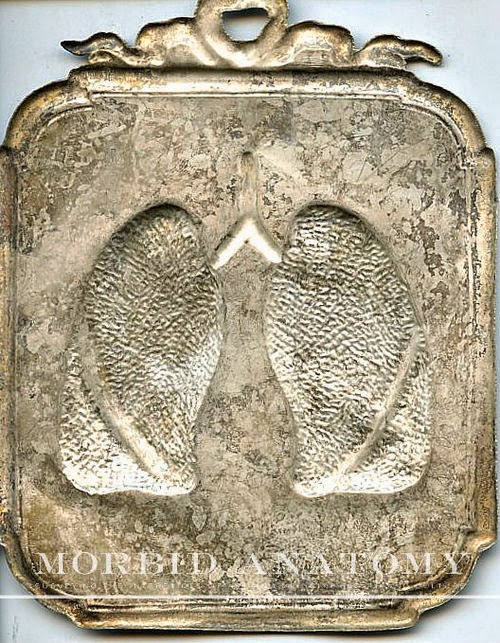I would like to share with you all a very exciting call for papers for an upcoming conference devoted to "lost artifacts, collections
and museums" just in from our friends at the Jenks Society for Lost Museums at Brown University. Proposals can take the form of a traditional paper but can also be conceptual, poetic, and artistic, and are due on September 15, 2014. Full details below, and you can find out more here.
Call for Papers: Lost Museums ColloquiumIn conjunction with the year-long exhibition project examining Brown University’s lost Jenks Museum, the John Nicholas Brown Center for Public Humanities and Cultural Heritage, the Haffenreffer Museum of Anthropology, and the John Carter Brown Library invite paper proposals for a colloquium on lost artifacts, collections and museums. (Other formats—conceptual, poetic, and artistic—are also invited.) The colloquium will be held at Brown University, Providence, RI, May 7 and 8, 2015.Museums, perhaps more than any other institutions, think in the very long term: collections are forever. But the history of museums is more complicated than that. Museums disappear for many reasons, from changing ideas about what’s worth saving to the devastation of war. Museum collections disappear: deaccessioned, traded away, repatriated, lost to changing interests and the ravages of time.We are interested in this process of decline and decay, the taphonomy of institutions and collections, as a way of shedding light not only on the history of museums and libraries, but also on the ways in which material things reflect and shape the practices of science and the humanities, and also to help museums think about current and future practices of collections and collections use.We invite presentations from historians, curators, registrars, and collections managers, as well as from artists and activists, on topics including:Histories of museums and types of museums: We welcome case studies of museums and categories of museums that are no more. What can we learn from museums that are no more? Cast museums, commercial museums, and dime museums have mostly disappeared. Cabinets of curiosity went out of and back into fashion. Why? What is their legacy?Artifacts: How do specimens degrade? How have museums come to think of permanence and ephemerality? How do museums use, and “use up” collections, either for research (e.g., destructive sampling), or for education and display; how have they thought about the balance of preservation and use? How can they collect the ephemeral?Museum collection history: How long does art and artifact really remain in the museum? Might the analysis of museum databases cast new light on the long-term history and use of collections?
“Lost and found” in the museum: How are art and artifacts “rediscovered” in museums? How do old collections regain their importance, both in artistic revivals and in new practices of “mining” the museum as artists finding new uses for old objects?Museum collections policy: How have ideas about deaccessioning changed? How should they change? How do new laws, policies, and ethics about the repatriation of collections shape ideas about collections?Museums going out of business: When a museum needs to close for financial or other reasons, what’s the best way to do that? Are there good case studies and legal and financial models?
Images:The future of museum collections: How might museums think about collecting the ephemeral, or collecting for “impermanent” collections. What new strategies should museums consider for short-term collecting? How might digitization and scanning shape ideas about the permanence of collections?Papers from the Colloquium may be published as a special issue of the Museum History Journal.If you’d like to present at the conference, please send an abstract of about 250 words and a brief CV to Steven Lubar, lubar [at] brown.edu. Deadline for submission of paper proposals is September 15, 2014.Steven LubarDepartment of American StudiesJohn Nicholas Brown Center for Public Humanities and Cultural Heritage
- Gallery of classical antiquities, Brown University, about 1893. No longer in existence. Collections apparently lost. Courtesy Brown University archives.
- The Jenks Museum at Brown University, about 1890. Only about 10 percent of the collections once in the Jenks Museum survive, and none of the natural history specimens. Courtesy Brown University Archives.







































